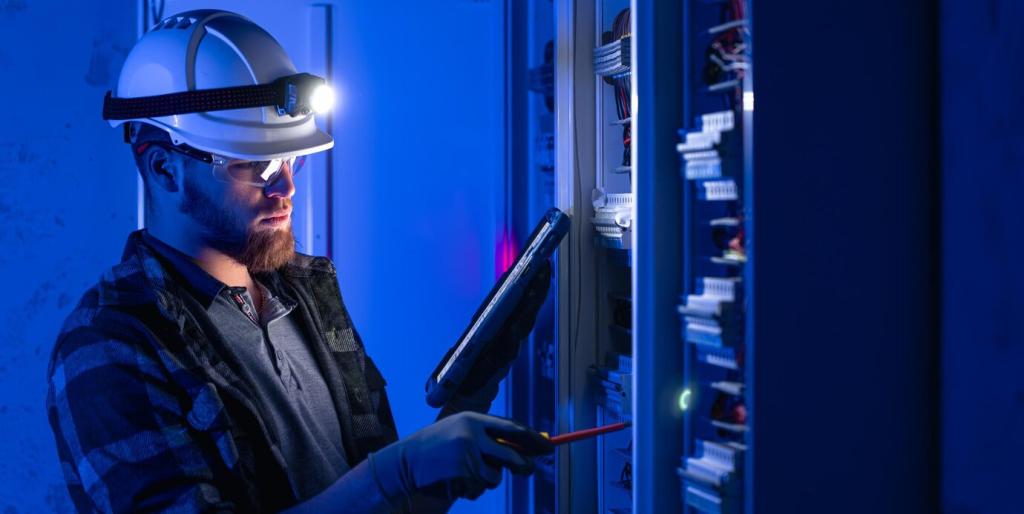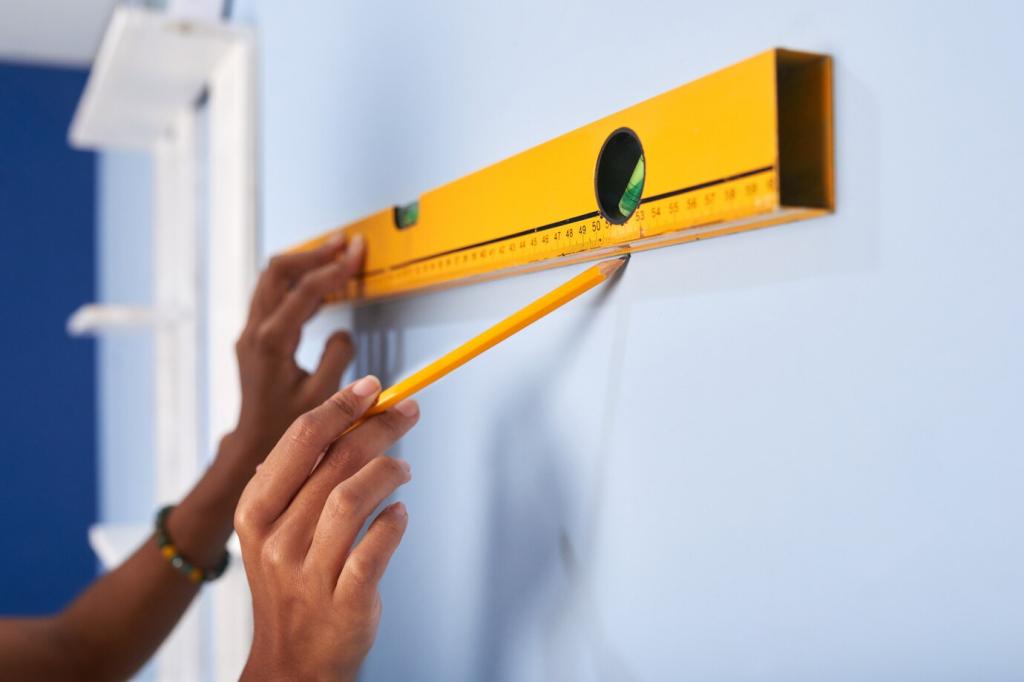Best Materials for Securing Your Home Safe
Chosen theme: Best Materials for Securing Your Home Safe. Let’s explore what truly resists prying, drilling, fire, and time—so your safe, and everything inside it, stays protected. Join the conversation, share your setup, and subscribe for hands-on checklists you can put to work this weekend.
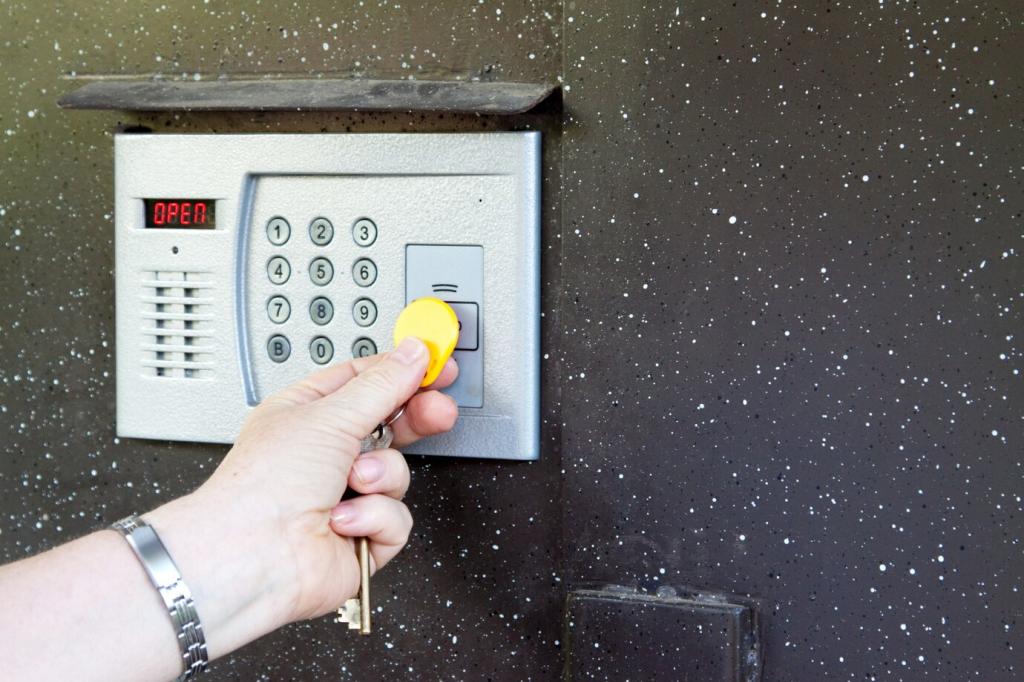
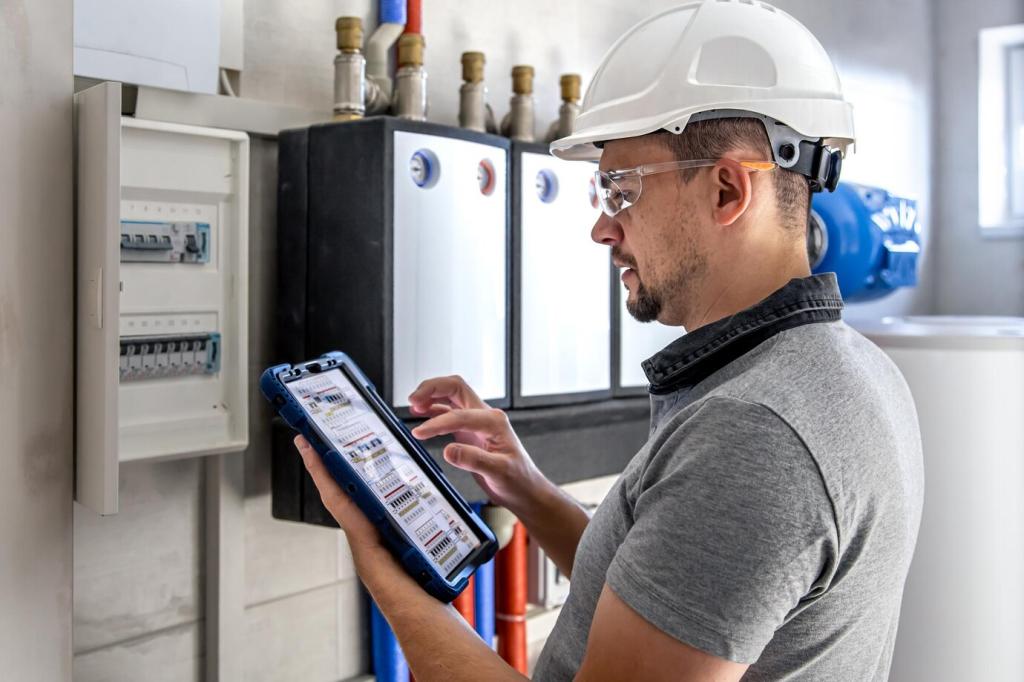
Thicker-gauge steel reduces flex and slows attack tools, buying crucial time. Homeowners who upgraded from thin sheet metal to heavier plate consistently report fewer pry points and better overall rigidity, especially around door edges and hinge sides.
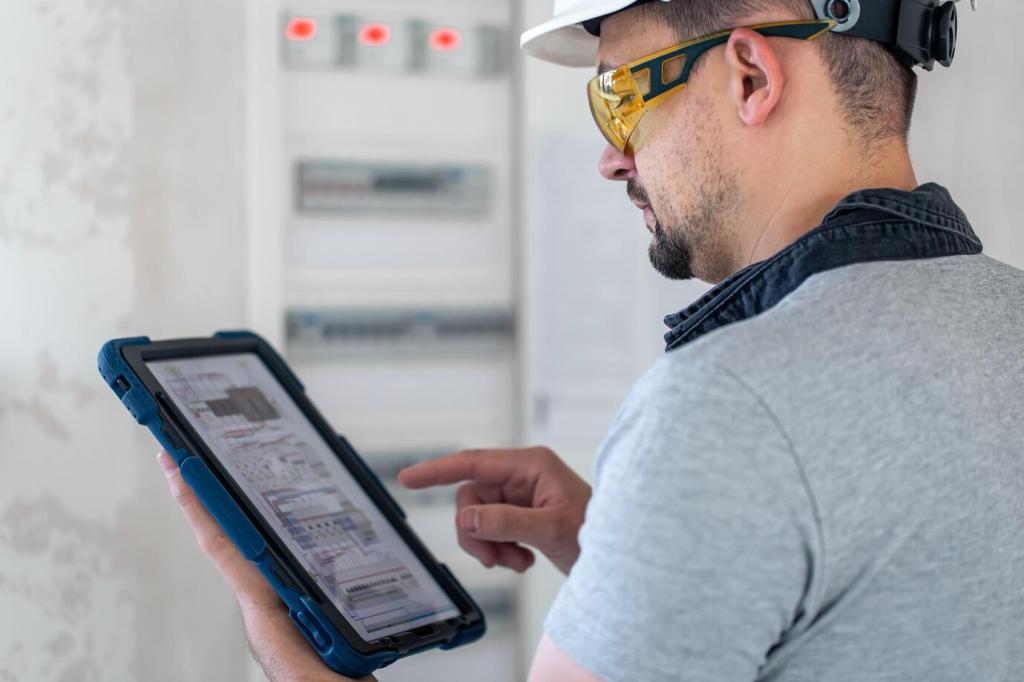
Steel that’s bent into box forms with continuous, full-penetration welds resists seam attacks. A reader shared how a safe with crisp bends and solid corner welds survived a crowbar assault, while a cheaper spot-welded cabinet failed along its stitched seams.
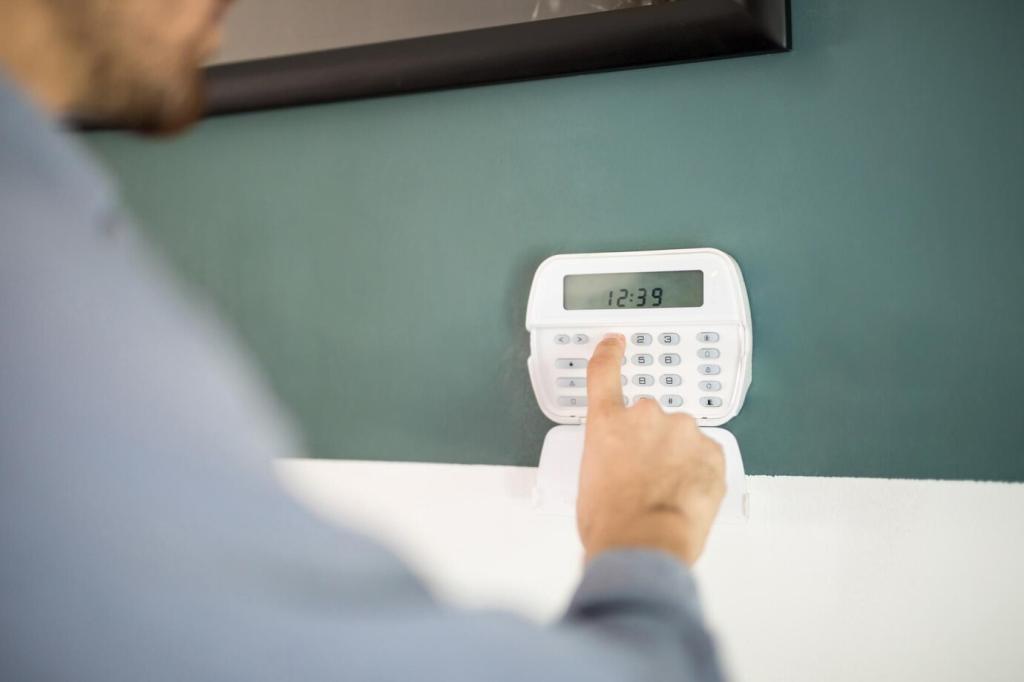
A stiff, boxed door frame and pronounced anti-pry lips keep pry bars from gaining leverage. Look for interlocking door-to-body geometry that tucks the door inside the frame, plus reinforcement around the lock area to prevent spreading under force.
Composite Barriers and Concrete Fill
Concrete or high-density aggregate fill adds mass that blunts cutting wheels and absorbs impact. One contractor poured a shallow perimeter pad around a garage-anchored safe, noting the extra mass noticeably dampened vibration and made levering the unit far more difficult.
Anchoring Materials That Actually Hold
Quality wedge anchors in a sound slab provide strong, predictable hold. Pair them with interior steel backing plates to spread loads. Readers often mention the satisfying immobility once a safe is cinched down, making prying and tipping strategies far less effective.
Anchoring Materials That Actually Hold
In older garages or basements, chemical anchors bond threaded rod into drilled holes, creating reliable pull-out resistance. A homeowner shared installing epoxy anchors after discovering spider cracks, achieving a rock-solid set once the adhesive fully cured.
Anchoring Materials That Actually Hold
A thick steel base plate under the safe and shear sleeves over bolts lower the risk of bolt cut-through or deformation. This upgraded interface keeps force distributed and prevents the hardware from becoming the weak link in your overall security chain.
Anti-Drill and Anti-Cut Protection
Hardened tool-steel hardplates
A hardened hardplate over the lockwork resists drilling, forcing bits to skate, chip, or overheat. Multiple readers noted that even small, correctly placed hardplates turned what looked like a quick drill point into a maddening, time-wasting chore for attackers.
Manganese steel faces and shrouds
Manganese steel imparts toughness that resists gouging and abrasion. Used as a shield around lock areas or hinges, it forces more aggressive tooling, which means more noise and time—two things opportunistic thieves try hard to avoid during a smash-and-grab.
Tempered-glass relockers and spring systems
Tempered-glass sheets paired with relockers shatter when drilled, releasing spring-loaded bolts that deadlock the door. It’s a material choice with a trap built in—one locksmith compared it to a “self-reporting alarm” buried inside the safe’s face.
Fire and Heat Defense Materials
Layered fireboard gypsum creates thermal resistance and releases chemically bound moisture as steam, slowing internal temperature rise. A family told us their passports survived a garage fire because the safe’s fireboard did its job long enough for firefighters to arrive.

